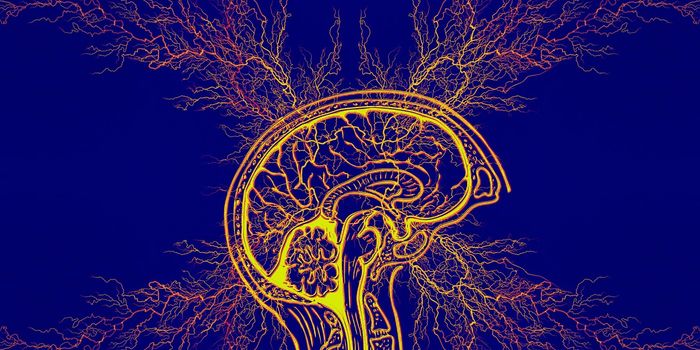Some Stroke Risk Disparities May be Linked to Heart Structure
Scientists have found that there are structural differences in the heart's left atrium in Black and white people, and these differences may influence a person's risk of having a stroke. The findings have been reported in the journal Neurology.
"Black U.S. residents face a higher risk of stroke caused by blood clots to the brain--known as ischemic stroke--compared with white residents, yet the difference cannot be entirely explained by differences in known risk factors," said study author Hooman Kamel, M.D., of Weill Cornell Medicine in New York and a member of the American Academy of Neurology. "The difference is especially notable for strokes where the cause cannot be determined. [A] better understanding of the underlying causes of these strokes is important for addressing these racial disparities."
In this work, the researchers assessed data from 2,391 people that had experienced an ischemic stroke and for whom there was data from echocardiograms, electrocardiograms, and heart scans to learn more about the size and function of the left atrium in these patients. They measured the diameter of the left atrium and assessed markers that can indicate how much damage or abnormalities that have been connected to stroke might be present.
The scientists determined that participants had an average left atrium diameter of 3.65 centimeters. Black study volunteers had an average left atrium diameter of 3.58 centimeters while white study volunteers had an average left atrium diameter of 3.69 centimeters, a small but significant differenceence. There were also higher levels of some left atrial fibrosis markers in Black study participants.
While the researchers were able to correct for some factors that may be affecting their findings, like high blood pressure, body mass index, or age, some factors were unavailable and could not be evaluated such as socioeconomic influences or perceived racism.
"These findings reveal systematic differences in [the] left atrium between Black versus white patients with ischemic stroke, so clinicians should be aware that structural or functional changes in the left atrium may not present similarly in all stroke populations," Kamel said.
"Our findings should not be taken to imply that these racial differences in people with stroke reflect innate biological differences," Kamel cautioned. "Our findings suggest that the current standards for diagnosing left atrial disease that can lead to stroke may need to be updated. These standards were established in groups of exclusively white people and may not fully reflect the variety and complexity of how these acquired cardiac issues are manifested in all people."
More work will be necessary to determine if a greater awareness of cardiac disease manifestations or a more effective application of medications could help improve health outcomes for those that are impacted by racial and ethnic stroke disparities.
Sources: AAAS/Eurekalert! via American Academy of Neurology, Neurology









